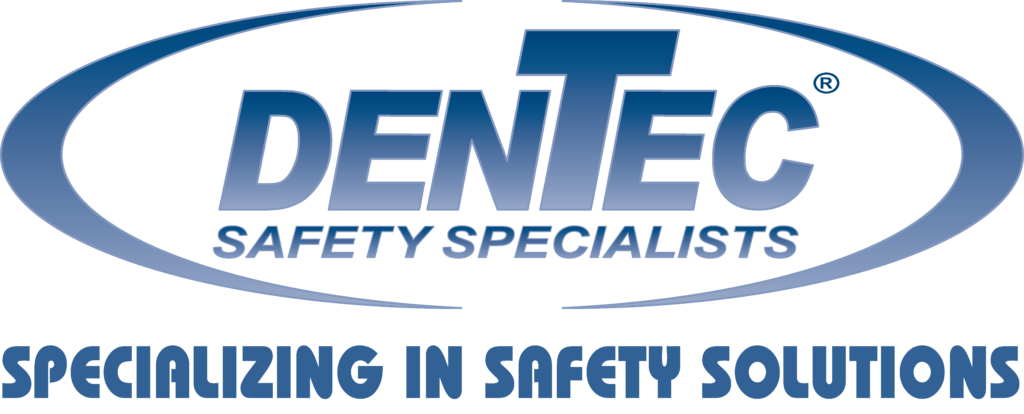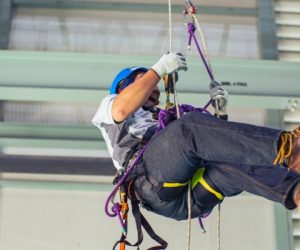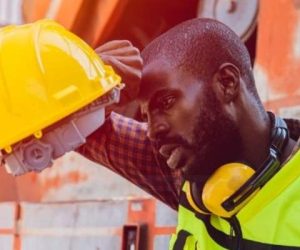When it comes to workplace safety, selecting the right respiratory protection is crucial. Respiratory hazards can pose serious health risks, and it is essential to choose the appropriate equipment to effectively mitigate those risks. As a renowned provider of respiratory protection equipment, here at Dentec Safety, we understand the importance of making an informed decision. In this blog, we will discuss five key factors you should know about when selecting the right respiratory protection for the job.
1. Identify the Respiratory Hazards in Your Workplace
The first step in selecting the right respiratory protection is to identify the specific hazards present in your work environment. Different industries and occupations may expose workers to various respiratory hazards, such as dust, fumes, gases, vapors, or biological agents. Understanding the nature of these hazards is crucial in determining the appropriate level of respiratory protection required. At Dentec Safety, we recommend conducting a thorough assessment of the workplace to identify the hazards accurately and assess their potential health effects.

2. Understand the Levels of Respiratory Protection Available
Respiratory protection is available at different levels, ranging from disposable masks to air-purifying respirators, air supplied systems, and self-contained breathing apparatus (SCBA). Each level of protection is designed to address specific hazards and provide varying degrees of filtration and protection. It is essential to understand the different levels and their appropriate applications to select the right respiratory protection. We encourage employers and workers to consult safety professionals or refer to industry standards, such as the National Institute for Occupational Safety and Health (NIOSH) guidelines, to ensure compliance with regulations and to choose the appropriate level of protection for the job.

3. Consider the Fit, Comfort, Compatibility, and Availability
An effective respiratory protection program must consider the fit, comfort, and compatibility of the equipment with the wearer. Ill-fitting respirators can compromise their effectiveness, allowing contaminants to leak into the breathing zone. Our Safety Specialists at Dentec emphasize the importance of fit testing to ensure a proper seal and prevent leaks. Additionally, considering the comfort of respirators is vital, as uncomfortable or cumbersome equipment may discourage consistent use and compromise worker safety. Moreover, it is essential to select respiratory protection equipment that is compatible with other personal protective equipment (PPE) required for the job, such as safety goggles, face shields, welding shields or hard hats. In today’s world, supply chain matters, and the best source is an American-manufactured product that is readily available no matter what is going on in the world.
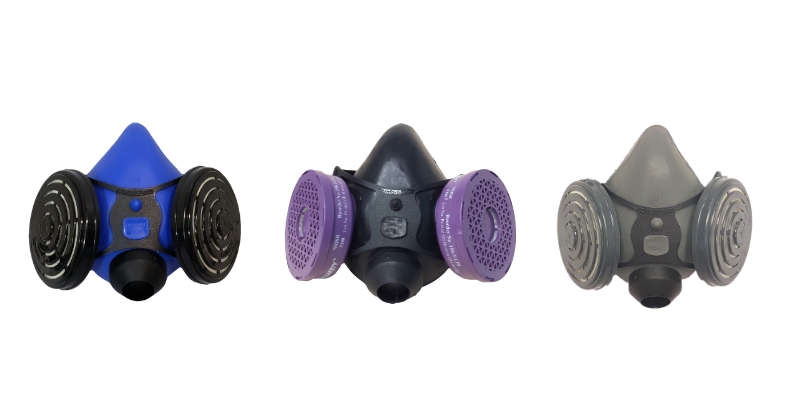
4. Evaluate the Filtration Efficiency of Respiratory Equipment
Filtration efficiency plays a crucial role in the performance of respiratory protection equipment. It determines the respirator’s ability to filter out hazardous particles or contaminants from the air. We advise employers and workers to understand the filtration capabilities of different respirators and select the one that matches the hazards present in their workplace. NIOSH-approved respirators are tested for their filtration efficiency and assigned a filtering efficiency rating, such as N95, N99, or N100 for particulates, gases, and vapors. Evaluating filtration efficiency helps ensure that the selected respiratory protection is capable of adequately protecting against the specific hazards encountered.

5. Train and Educate Users to Correctly Use Respiratory Protection
Even the most advanced respiratory protection is rendered ineffective if not used correctly. At Dentec Safety, we stress the importance of proper training and education for all users of respiratory protection equipment. Users should be familiarized with the correct procedures for donning and doffing the respirator, fit testing, maintenance, and storage. Furthermore, users should understand the limitations and service life of their respiratory protection, as well as recognize signs of wear or damage that may compromise its effectiveness. Regular refresher training sessions are also recommended to reinforce best practices and keep users up to date with any changes in respiratory protection guidelines or regulations. Workplaces must comply with OSHA respirator standard 1910.134. OSHA rule, 29 CFR Part 1910.134 requires MSHA/NIOSH approval for all respirators used for protection against airborne hazards.
Selecting the right respiratory protection is paramount to ensuring the safety and well-being of workers in hazardous environments. Here at Dentec Safety, we are passionate about proper respiratory protection and proudly promote the importance of identifying hazards, understanding respiratory protection levels, considering fit and comfort, evaluating filtration efficiency, and providing proper training.
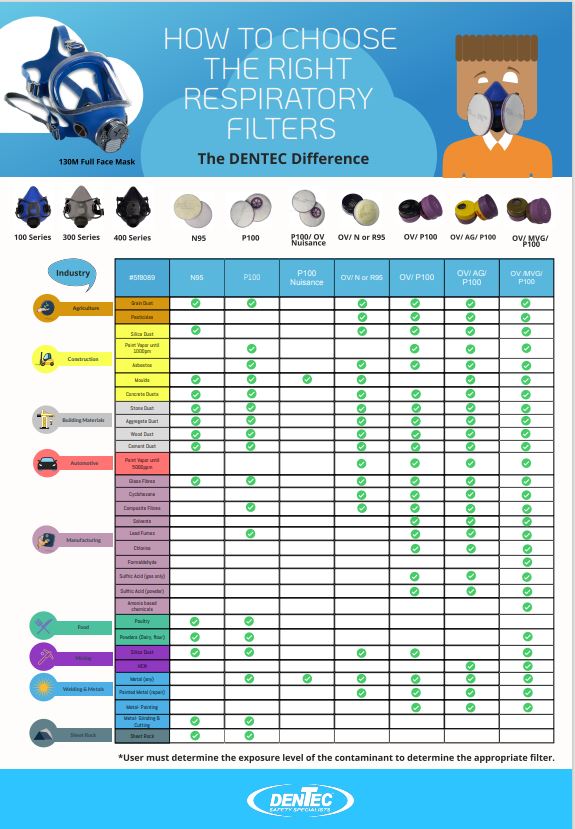
Dentec Safety is a leading manufacturer and distributor of safety products in the North America since 2004. Dentec Safety is dedicated to providing the highest quality safety products and solutions delivering enhanced value and comfort. Our expertise from decades of experience in Industrial Safety and our innovative design technologies have solidified us as thought leaders in the field. Protection and comfort are at the core of everything we do at Dentec. As a leading manufacturer of Safety Solutions, it is our mission to help organizations do the right thing, keep their employees safe and exceed Industry Health & Safety Standard.
